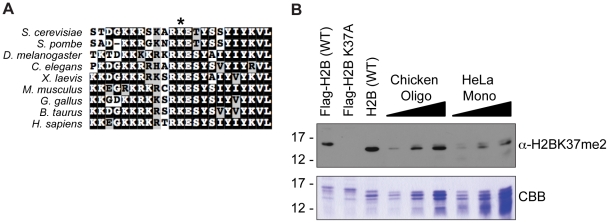Figure 5. Methylation of lysine 37 of histone H2B is conserved.
(A) Multiple sequence alignment of histone H2B from different species reveals that budding yeast histone H2B lysine 37 is conserved from yeast to humans. Sequence alignment was completed using ClustalX [103]. NCBI accession numbers are as follows: Saccharomyces cerevisiae: NP_010510.1; Schizosaccharomyces pombe: NP_588181.1; Drosophila melanogaster: NP_724342.1; Caenorhabditis elegans: NP_507031.1; Xenopus laevis: NP_001086753.1; Mus musculus: NP_783594.1; Gallus gallus: CAA40537.1; Bos taurus: DAA31692.1; Homo sapiens: NP_733759.1. Asterisk (*) denotes position of conserved lysine residue. (B) Increasing amounts of oligonucleosomes purified from chicken erythrocyte nuclei and mononucleosomes isolated from HeLa cell nuclei were run against histones extracted from yeast strains harboring wild-type Flag-H2B (YKG001), Flag-H2B K37A (YKG007), and wild-type H2B (untagged) (BY4742), as shown by Coomassie brilliant blue (CBB) staining of histone proteins electrophoresed on 15% SDS-polyacrylamide gels (lower panel). An equivalent loading of histone substrate was used for Western blot analysis using purified α-H2BK37me2 antibody (upper panel). Similar signals are detected for chicken- and human-derived histone substrates to that observed for yeast harboring wild-type H2B (either tagged or untagged), but not yeast H2B with an K37A mutation, thus demonstrating that dimethylation of histone H2B lysine 37 is conserved among species.

